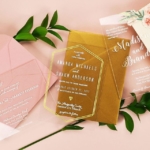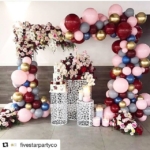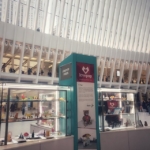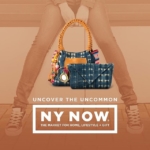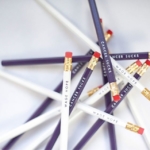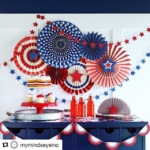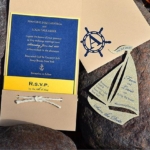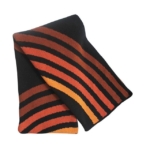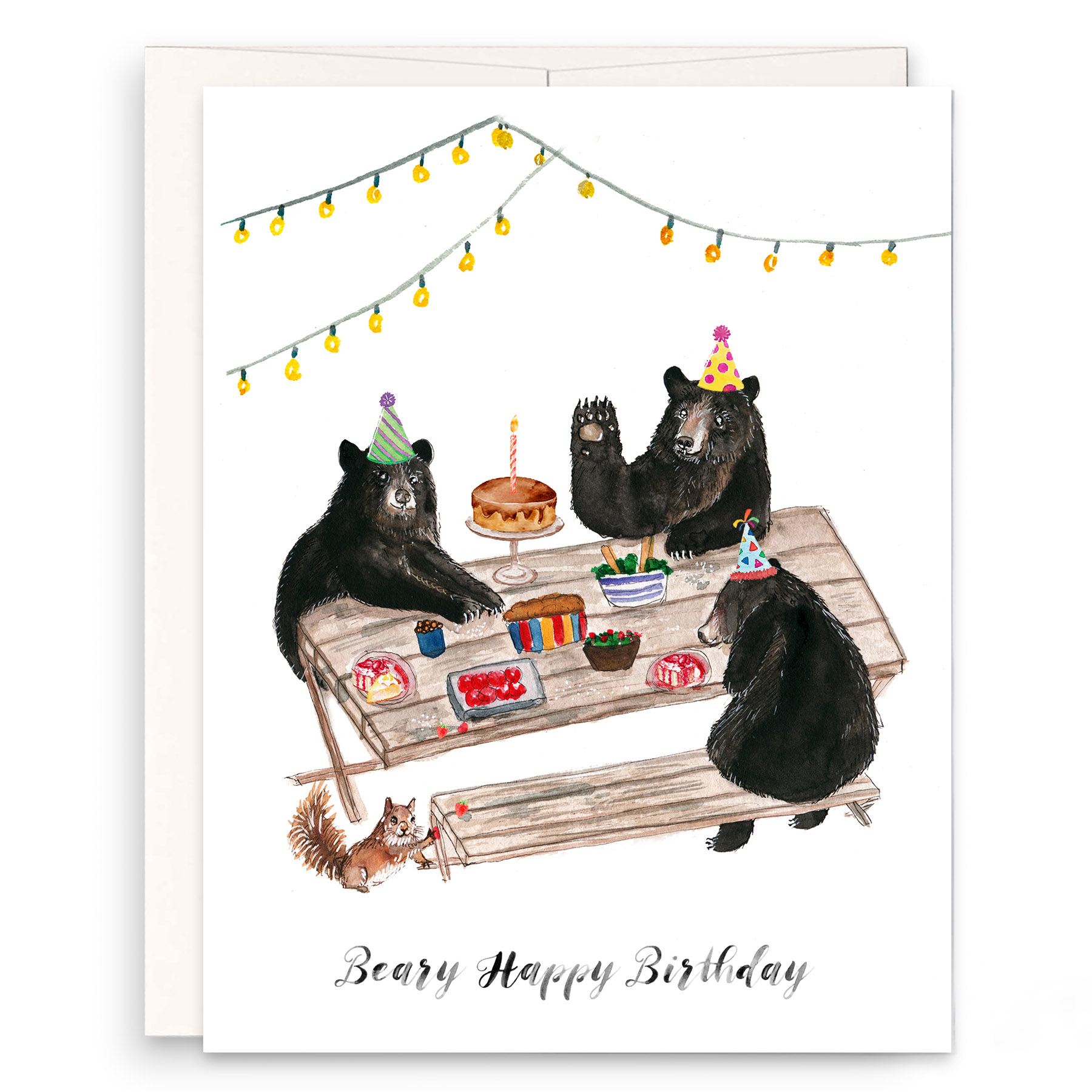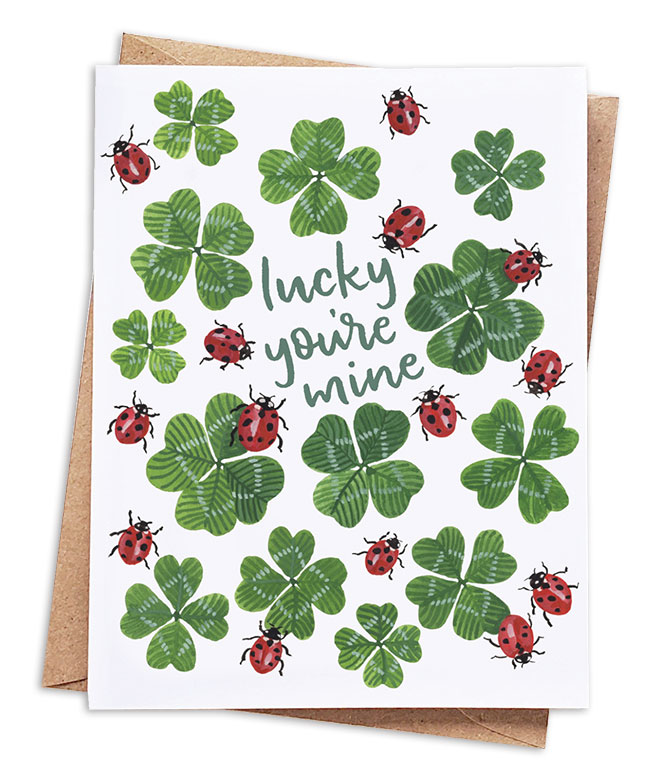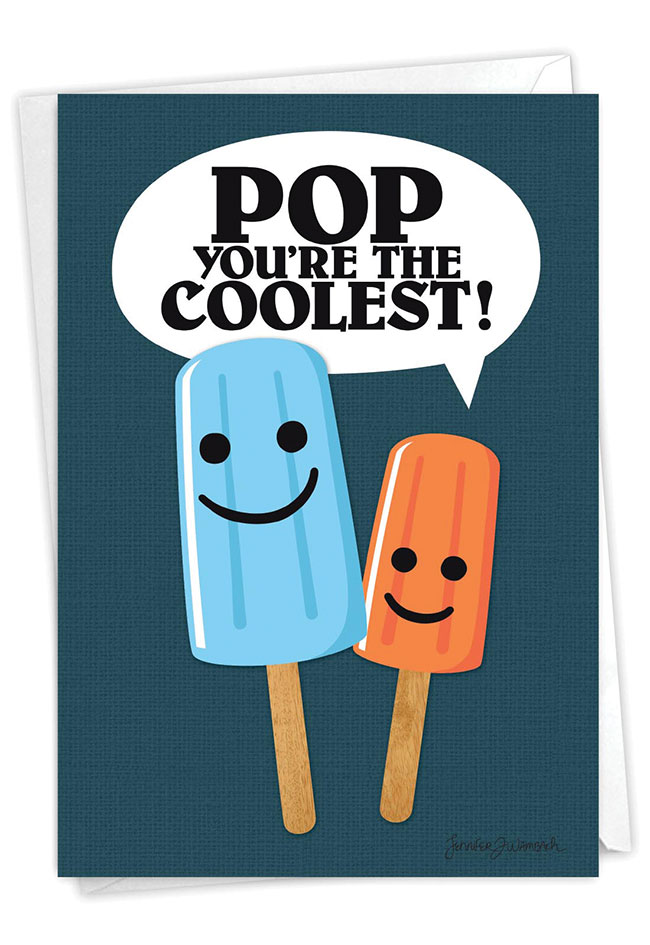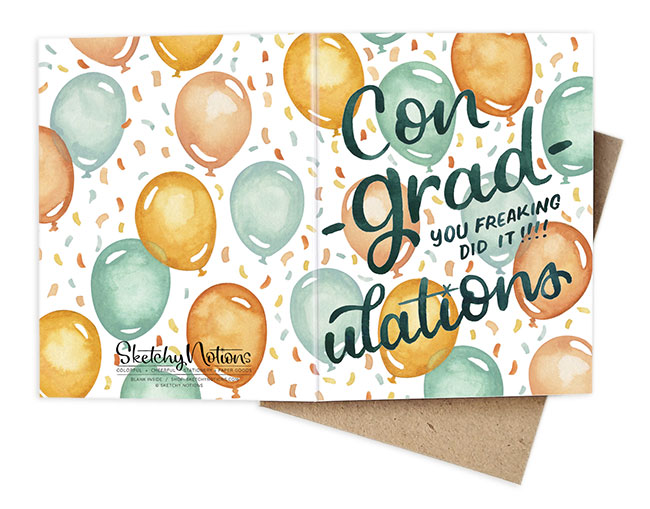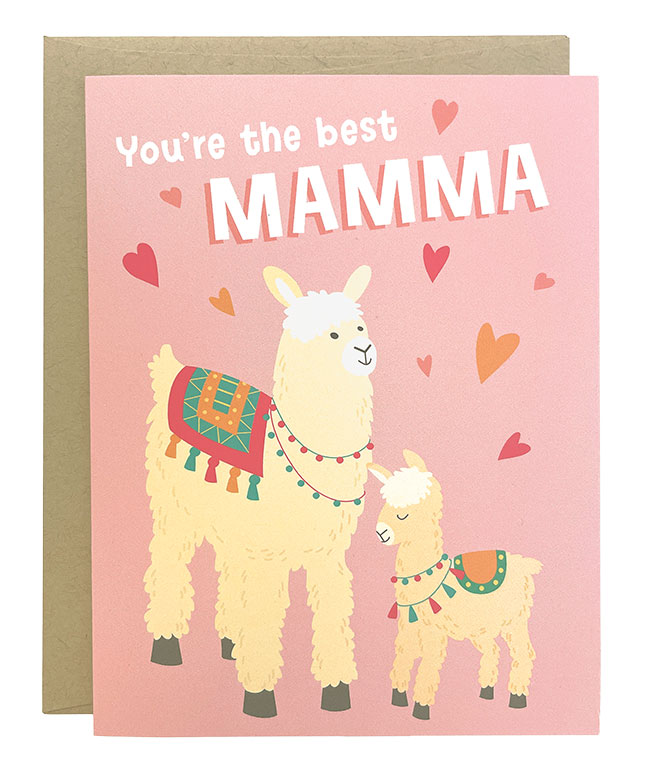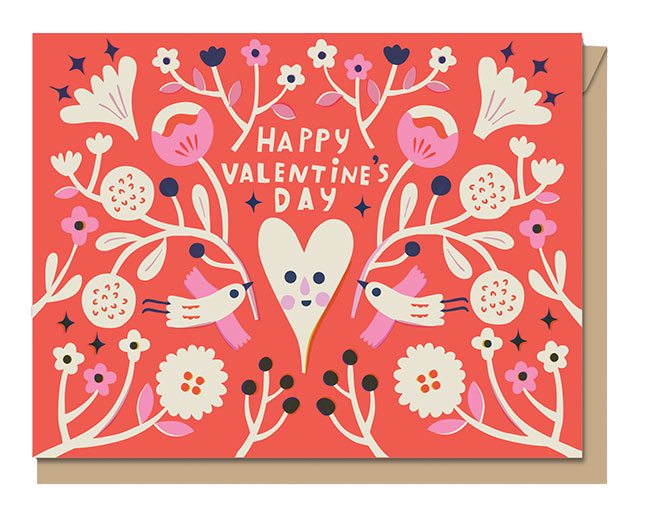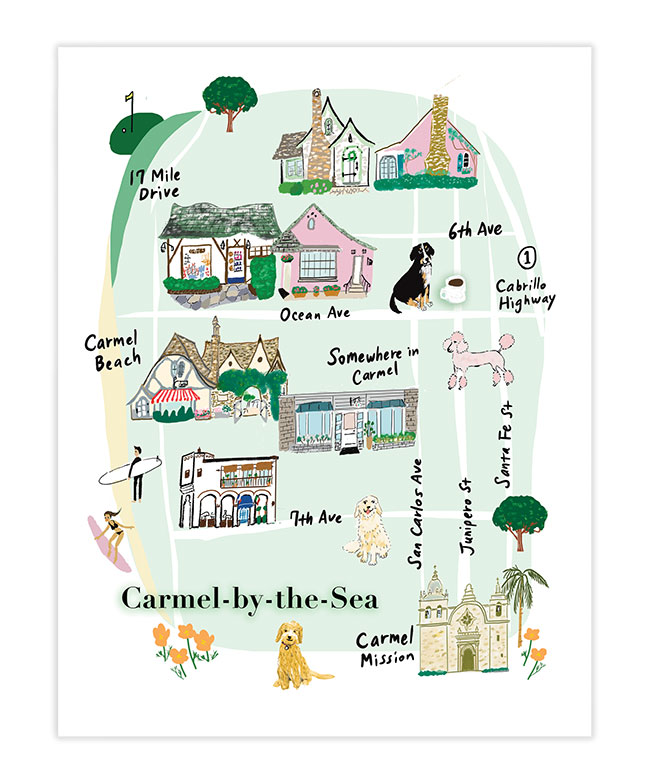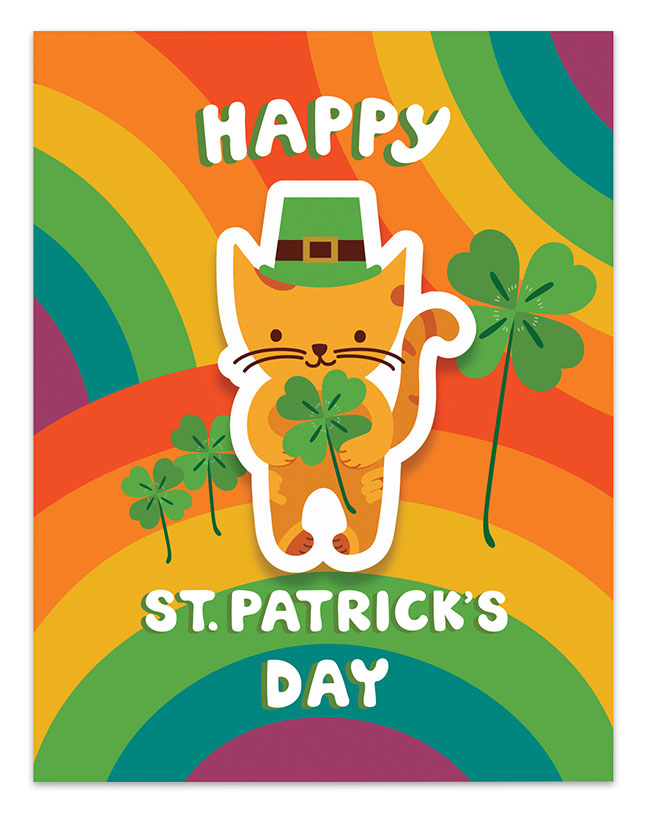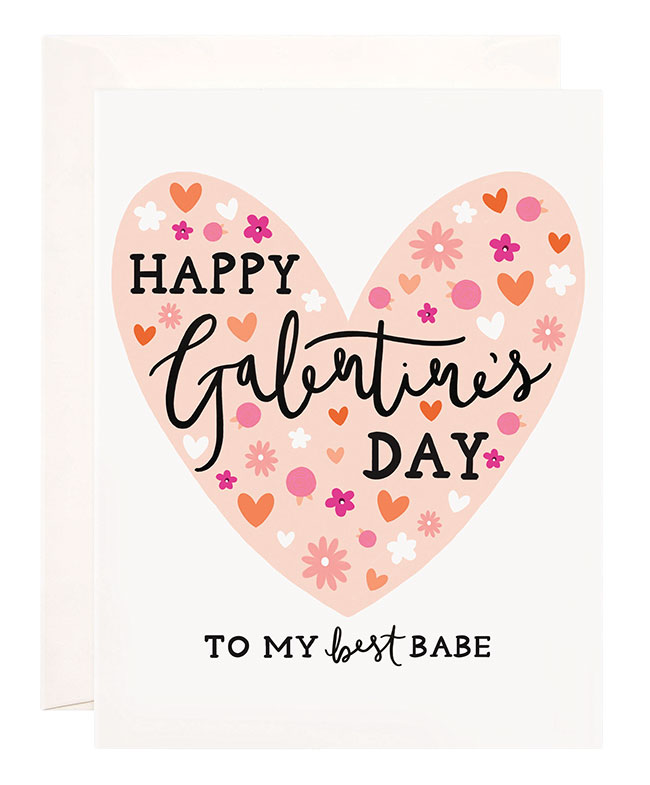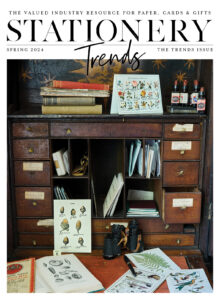Uncategorized
April 21, 2010 •
Words Into Type
Understand different printing methods for the ultimate in consumer satisfaction
Many brides-to-be enter a paperie clutching a wedding magazine, the invitation they couldn’t possibly get married without, marked. While the design may be exquisite, what she and some of your staffers may not have is a rough understanding of the processes behind each of the more popular printing methods and how they can impact everything from turnaround time to price. Armed with some knowledge of each method’s strengths and weaknesses, satisfying that bride becomes easier, as does creating an invitation truly reflecting the couple’s personality.
Engraving
Engraving’s beauty lies in the contrasting thin and thick lines and swashes, as well as its raised surfaces. While the market for engraving — as well as its costly partner in luxury, letterpress — is not enormous, it’s worth going after these sales, explained Haile McCollum of Abby Jean, since the profit margins are much higher than other methods and the customer service required is roughly the same. (That doesn’t mean that certain elements combined with other methods can’t make them quite expensive too.)
Pros
• Classic and refined, engraving is considered by many to be the ultimate choice for wedding invitations. Its potential is unlimited and can achieve nearly any effect.
• This method demonstrates the best opaque printing, that is, light inks on dark papers.
• Any size and type of paper and font size can be used.
• Envelopes can be engraved.
• While thermography can imitate engraving’s look, many people verify authenticity by turning the paper over.
Cons
• Plates are time-consuming and expensive, creating a long turnaround time.
• Limited supplier choice.
• Raised areas create “bruising” around edges, making thinner paper stocks a better choice.
• Ink in large areas of color tends to get broken up.
• One die is used for each color, driving the cost up on multi-color jobs.
Letterpress
Letterpress is the flip side of the engraving coin in that printed surfaces are indented. This method’s huge fan base desires the dramatically sunken look achieved with a heavy rag paper.
Pros
• Letterpress is probably the most trendy printing method.
• There’s no shortage of vendors, making for lots of looks and directions.
• Large sizes and most types of paper can be used, but all don’t allow for deep indentations.
• Any point size can be used and envelopes can be letterpressed.
• Since the process transfers more ink to the paper, colors seem quite intense and vivid.
Cons
• Plates are time-consuming and expensive, creating a long turnaround time.
• No opaque printing.
• Multiple ink colors require pricey additional runs.
• With so many vendors, quality and professionalism may vary.
Thermography
This method replicates the look of engraving at a fraction of the price. To create it, first the offset lithography process (see below) is undertaken. The wet ink is dusted with a resinous powder. The excess is vacuumed, and the paper undergoes a process that melts the powder and raises the type.
Pros
• Moderate turnaround time.
• Looks great on smooth papers.
• Prints larger paper sizes.
• Plates are less expensive than those for letterpress and engraving.
Cons
• Regarded by some as “poor man’s engraving.”
• While several ink colors can be applied per run, the number of colors per card is limited.
• Not good for fine and small print sizes.
• Flakes off some metallic papers.
• Final ink color is influenced by paper color underneath it.
• Limited placement on envelopes.
Flat Printing
Offset lithography, photo-offset, litho, sheet-fed offset, offset, web offset — all are variations on planography, in which printing is done from a flat surface and creates a flat surface.
Pros
• Prints larger paper sizes, any point size, on any type of stock.
• Moderate turnaround time.
• Envelopes can be printed.
• Plates are less expensive than those for letterpress and engraving.
Cons
• This is the most casual out-of-house wedding invitation method.
• Most presses print one color at a time.
• So-so opaque printing requires multiple runs.
In the end, many variables occur from vendor to vendor. What you can control is your breadth and depth of vendor options as well as the knowledge you deliver, emphasized Peter Hopkins, Crane & Co.’s historian. “Most brides in the beginning simply need to leaf through albums. If you give your customers the greatest variety combined with the best and most knowledgeable service, the rest will follow.”


